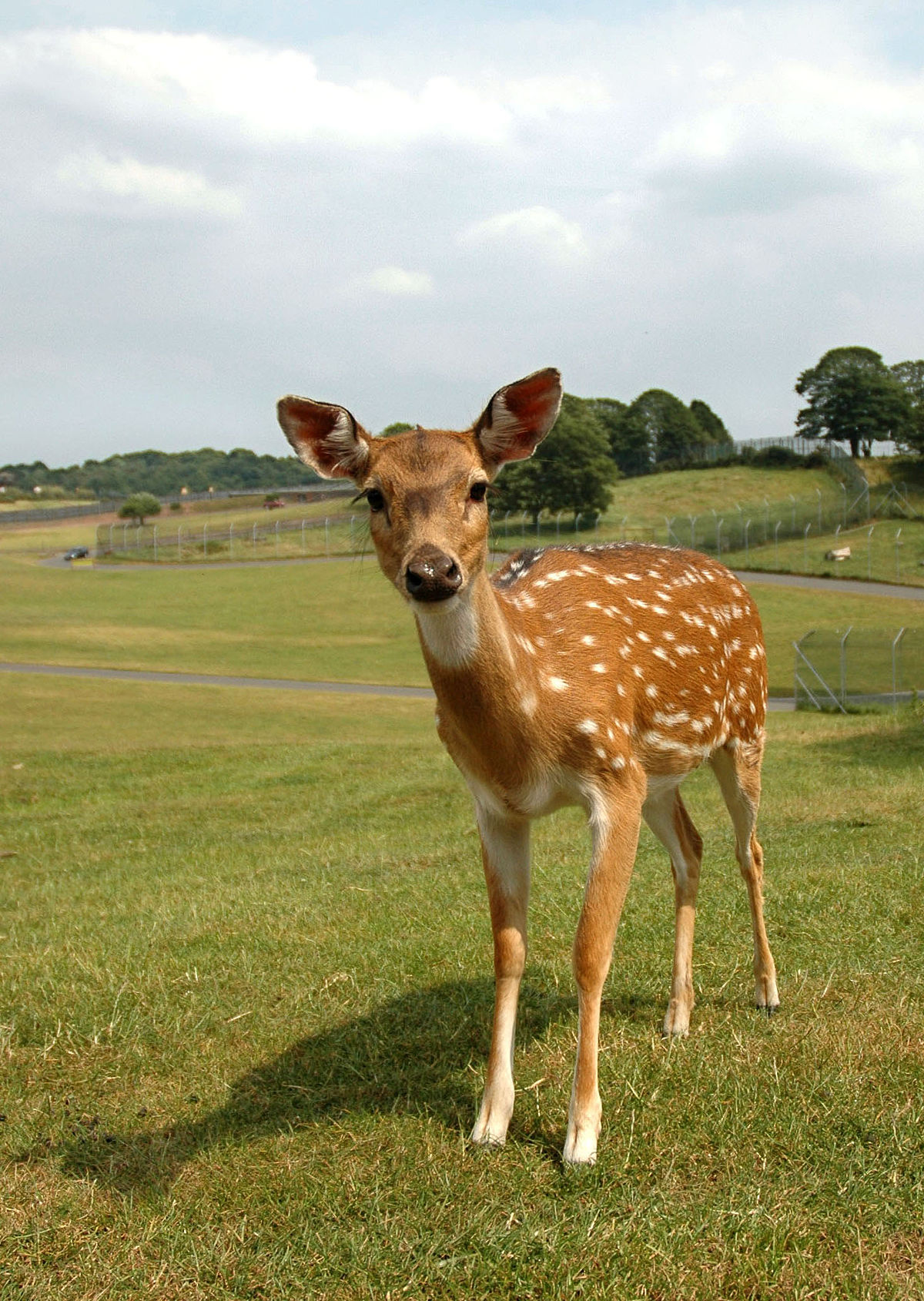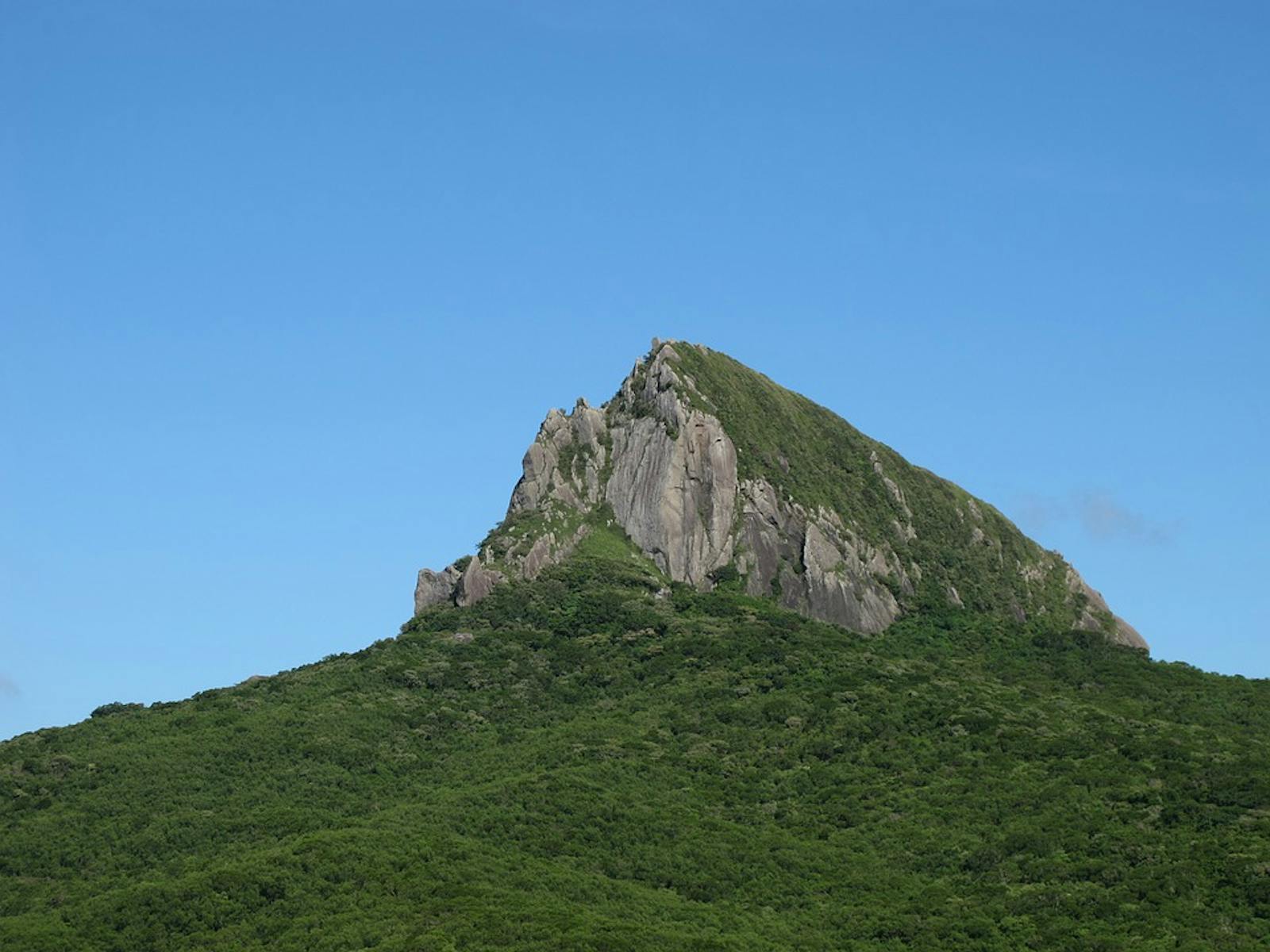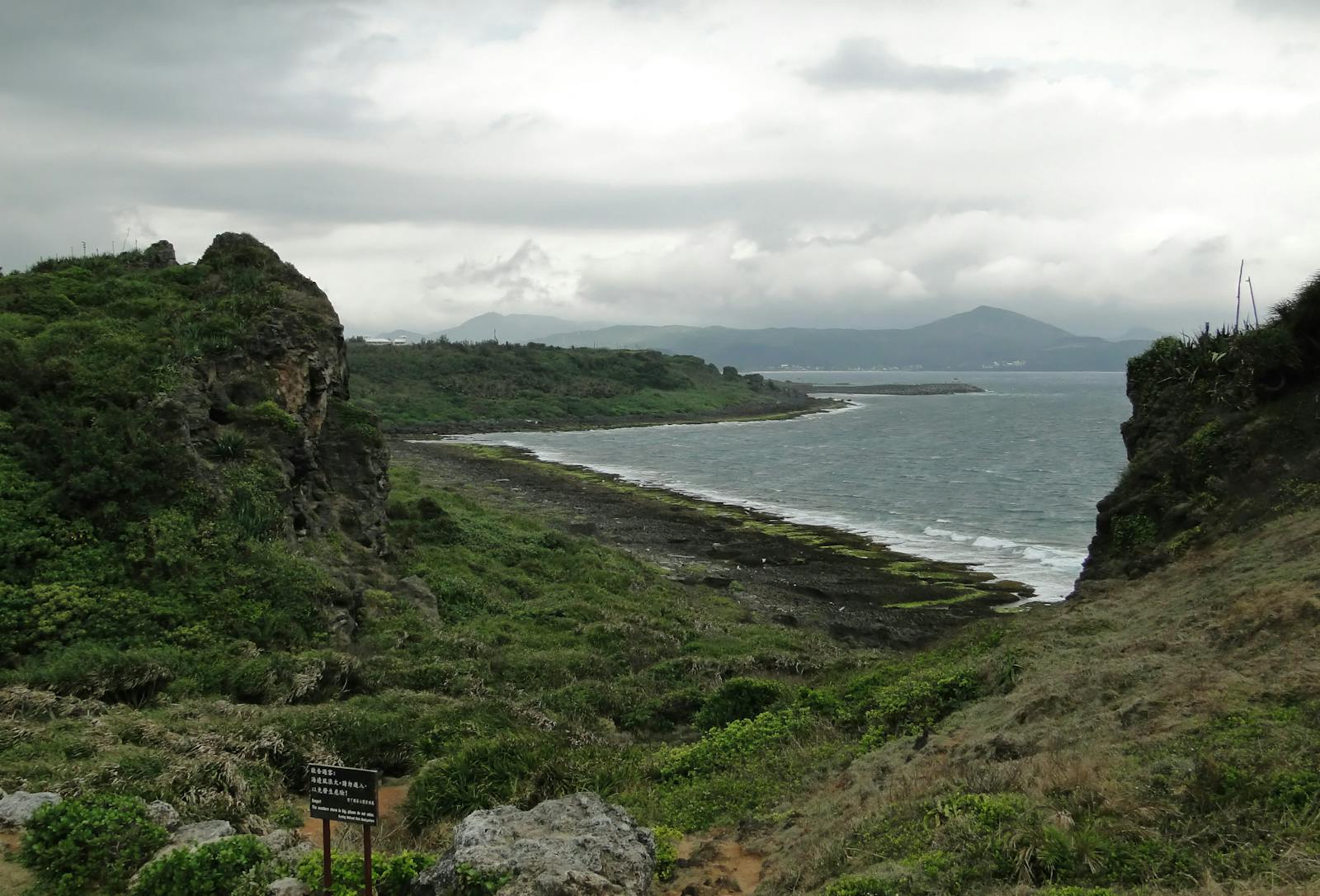South Taiwan Monsoon Rainforests
The ecoregion’s land area is provided in units of 1,000 hectares. The protection goal is the Global Safety Net (GSN1) area for the given ecoregion. The protection level indicates the percentage of the GSN goal that is currently protected on a scale of 0-10. N/A means data is not available at this time.
Bioregion: South China Subtropical Evergreen & Monsoon Forests (IM13)
Realm: Indomalaya
Ecoregion Size (1000 ha):
258
Ecoregion ID:
269
Protection Goal:
56%
Protection Level:
2
States: Taiwan
The Taiwan sika deer has been described as the most ‘glamorous’ of deer in Taiwan. With adult stags standing at over a meter at the shoulder, large herds of sika deer would have, indeed, made an impressive sight during mist-covered mornings in these forests. But starting with the Dutch colonial period in 1624, these deer have been persecuted; extreme hunting pressure and expansion of urban and peri-urban areas at the expense of forest habitats tipped the deer populations into an extinction vortex and in 1969 the last wild Taiwan sika deer died somewhere in the Eastern Coastal Mountain Range.
In 1984, the resurrection of sika deer began with the declaration of Kenting National Park— Taiwan’s first—and the plan to breed a captive population and release them back into the wild. Under the Formosan Sika Deer Restoration Program, an initial population of 22 deer from the Taipei Zoo recovered to over 400 head and were released to the wild.

The flagship species of the South Taiwan Monsoon Rainforests ecoregion is the Taiwan sika deer. Image credit: Creative Commons
The South Taiwan Monsoon Rain Forests ecoregion covers the low elevation forests in the southern-most part of the island. The topography of the island is comprised of granitic mountains that rise steeply on the eastern slope from a deep oceanic trench to nearly 3,952 m in elevation at the summit of Mount Yushan. But the western and northern sides slope gently into coastal plains that extend to the south. May to October summer monsoon brings most of the 2,600 mm of rainfall. Geologically, Taiwan was formed by mountain uplift during the collision between the Asian mainland tectonic plate and the subduction of the westward-drifting Philippine plate.
The forest vegetation is very similar to the coastal forests of southeastern mainland China. The forests are characterized by species of Acanthaceae, Bignoniaceae, Capparaceae, Caprifoliaceae, Cornaceae, Ericaceae, Euphorbiaceae, Fagaceae, Fabaceae, Illiciaceae, Juglandaceae, Lauraceae, Lythraceae, Myricaceae, Opiliaceae, Proteaceae, Sabiaceae, Saxifragaceae, Thymelaeaceae, and Verbenaceae.
.jpg)
Spoon-billed sandpiper. Image credit: JJ Harrison, Creative Commons
The common tree species include Illicium arborescens, Ilex cochinchinensis, Castanopsis cuspidate, Ilex uraiensis, Daphniphyllum glaucescens, Microtropis japonica, Ilex lonicerifolia, Psychotria rubra, Schefflera octophylla, Dysoxylum hongkongense, Turpinia ternate, and Lasianthus obliquinervis. The montane forests in the more seasonally variable climate include evergreen tree species such as Ficus microcarpa, Cryptocarya chinensis, and Schefflera octophylla, as well as some deciduous species such as Bombax malabaricum and Albizia procera.
The larger predators such as the clouded leopard and the Eurasian otter are believed to be extinct on Taiwan, and the Asiatic black bear is considered to be extremely rare. The remaining carnivores are smaller species such as the leopard cat, gem-faced palm civet, crab-eating mongoose, Formosan ferret badger, Siberian weasel, and yellow-throated marten. Other larger mammals include sambar deer, wild pig, Formosan serow, Reeves’ muntjac, Formosan macaque, and Chinese pangolin.
-CC-2013.jpg)
Japanese night heron. Image credit: Creative Commons
Two charismatic yet cryptic giant flying squirrels, the red and white giant flying squirrel and the Indian giant flying squirrel, live in sympatry in these forests. Several of Taiwan’s restricted-range bird species overwinter here, including the Japanese night-heron, Nordmann’s greenshank, and spoon-billed sandpiper. The rare black-faced spoonbill and endemic Styan’s bulbul are also easily spotted here.
Although close to 70% of the forests in this ecoregion still remains, only a small area is formally protected. The remaining forest cover estimates also likely include monoculture plantations of non-native species. In the meantime, growing industrialization and expanding urbanization are taking a toll on Taiwan’s natural forests. Even the Kenting National Park is threatened by anthropogenic activities.
Thus, the recommended priority activities are to: 1) include additional forests into the protected areas system; 2) in doing so, ensure ecological connectivity between montane and lowland forests; and 3) protect rare species from poaching.
Citations
1. Hsu, M.J. and Agoramoorthy, G., 2004. Conserving the biodiversity of Kenting National Park, Taiwan: present status and future challenges. Spatial Ecology Laboratory (Ecology and Evolutionary Biology, National Taiwan University, Taipei) Website.
2. Chao, W.C., Chao, K.J., Song, G.Z.M. and Hsieh, C.F., 2007. Species composition and structure of the lowland subtropical rainforest at Lanjenchi, Southern Taiwan. Taiwania, 52(3), pp.253-269.
3. Chiang, P.J., Pei, K.J.C., Vaughan, M.R. and Li, C.F., 2012. Niche relationships of carnivores in a subtropical primary forest in southern Taiwan. Zoological Studies, 51(4), pp.500-511.



